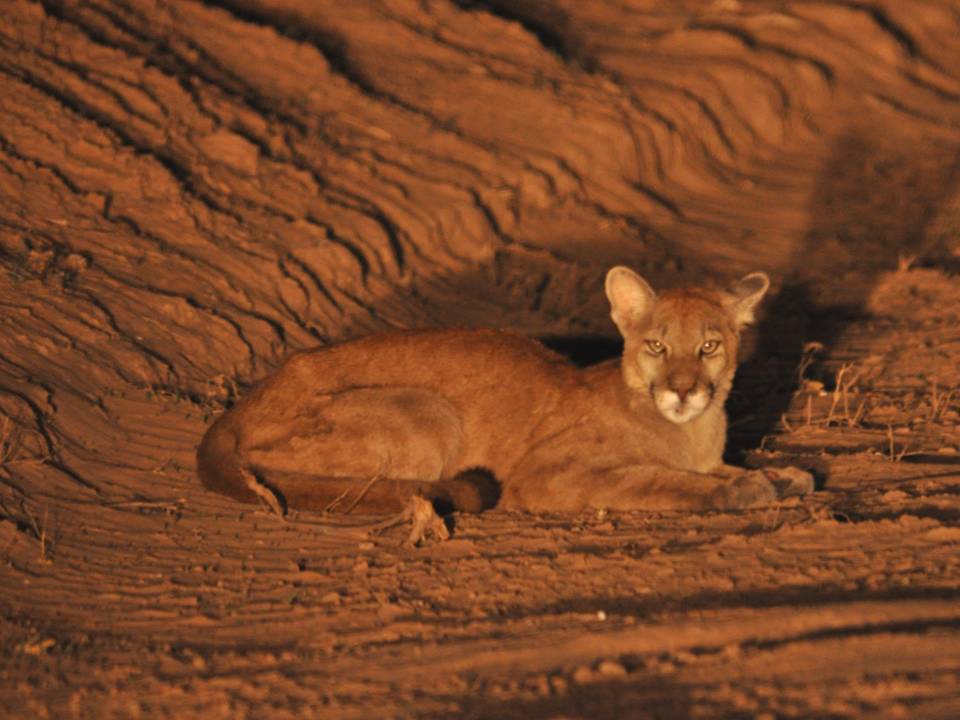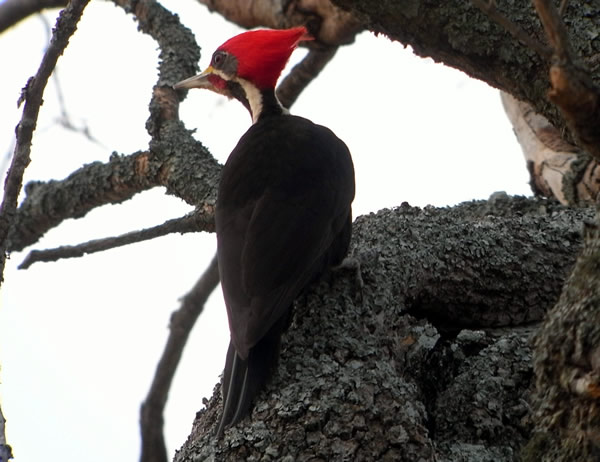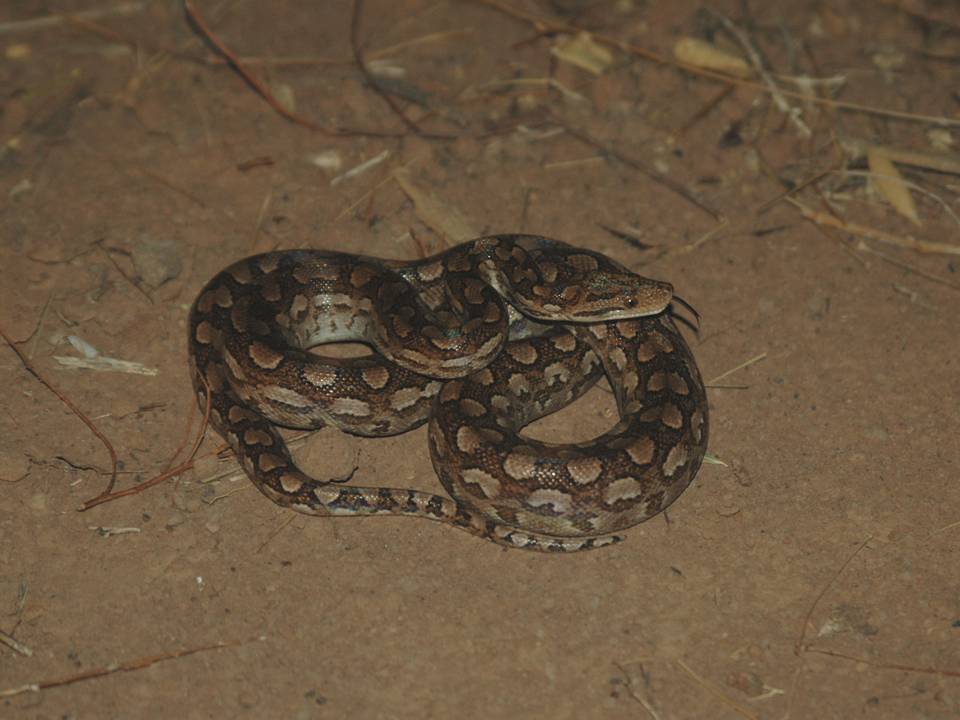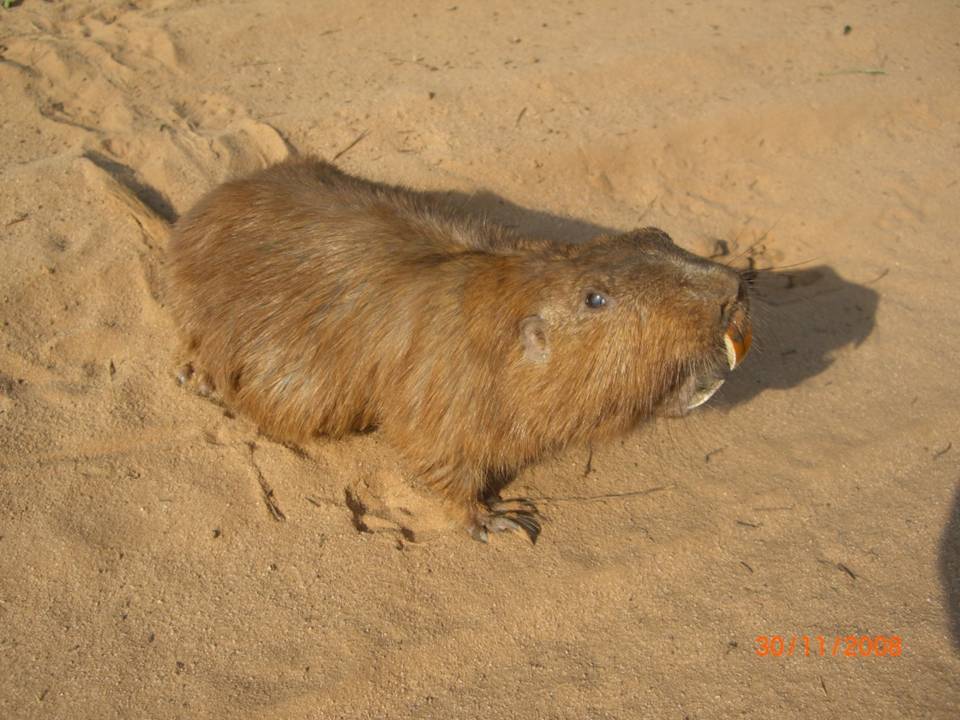


ON LOCATION IN THE PARAGUAYAN CHACO
Consisting of more than 60% of Paraguay´s land area, but with less than 2% of the population, the Chaco is one of the most unspoilt environments in South America. Mammals still abound here, everything from armadillos and peccary to tapir and puma, while the unique endemic avifauna means that a Chaco trip is a must for any serious birder. Nor is it correct to dismiss it as a dry, thorny desert. The Low Chaco is actually a vast expanse of seasonally-flooded palm savanna, a haven for waterbirds both resident and migrant, and it is only in the cactus-fields and quebracho woodland of the High Chaco that the stereotypical image begins to ring true. This gradual change in habitat-type and species composition as you delve further into the Chaco is a major bonus for the birder trying to build a serious tick-list.

Just twenty years ago any trip into the Chaco required serious planning on a par with the sort of preparation that Scott and Amundsen must have put into their trips to Antarctica. Largely military controlled and with only seasonally passable dirt roads, few convoys managed to get very far before they came to grief. It wasn´t the sort of trip you embarked upon lightly and if you hadn´t done your sums the likelihood was that you wouldn´t be coming back in one piece. Today however the long straight Ruta Trans-Chaco, paved along its entire length, traverses the whole region, opening the area up to birders and also, lamentably, to hunters and loggers. The Ruta itself runs from the capital Asuncion and offers excellent birding, though hard shoulders are few and far between and stopping isn´t easy. Roadside pools attract spectacular and easy to see species such as Jabiru, Black-collared Hawk, Buff-necked Ibis and Roseate Spoonbill, while denser areas of marsh are home to Donacobius, Scarlet-headed Blackbird and Great Pampa-finch, as well as more secretive birds such as Rufous-sided Crake and the near threatened Dinelli´s Doradito. Black-masked Parakeets are amongst the commonest inhabitants of the palm savanna proper, regularly seen flashing across the road to alight in the crown of a palm while Savanna Hawk, Burrowing Owl and White Monjita seem to be perched on every second fence post.
The real target birds on any trip though are likely to be the Chaco endemics, eighteen species restricted to Chaqueño habitat in Paraguay and northern Argentina. Most are relatively easy to see, but the exceptions are the “big six” - the Black-legged Seriema, Chaco Owl, Quebracho Crested-tinamou, Crested Gallito, Spot-winged Falconet and the near threatened Black-bodied Woodpecker. All four require work to find, and all are most numerous in the extreme High Chaco where few people venture. Your best bet for seeing them without too much discomfort (a relative term in the Chaco!) is in an area known as the Central Chaco Lagoons, at the interface of the Low and High Chaco, that also provides the most interesting mix of species. Here the presence of salt water lagoons, formed by salt drawn up from the subsoil, provide sanctuary for large breeding flocks of Chilean Flamingo, hundreds of Coscoroba Swan and during migration scores of shorebirds on passage, most notably internationally important numbers of Wilson´s Phalarope, Lesser Yellowlegs, Pectoral, Upland and White-rumped Sandpipers. You´ll also come across substantial waterfowl flocks here and at any roadside pool that has water, typically consisting of Rosybill, Ringed Teal, Brazilian Teal, White-cheeked Pintail and the three species of Whistling Ducks.
Away from the water several Chaco endemics are easy enough to come by. The local junk bird is the Crested Hornero, the Chaco equivalent of eastern Paraguay´s ubiquitous Rufous Hornero and found just about everywhere. The beautiful Many-coloured Chaco-finch, a bird that you will never tire of seeing, is likely to be one of the first that you tick off, its bright golden bill and black mask making it surprisingly easy to confuse with another common Chaco bird, the Golden-billed Saltator. Black-capped Warbling-finch is a banker, its harsh alarm call seemingly emanating from every bush, while the unusual Lark-like Brushrunner, a bird that for years I was dyslexically calling a Bushrunner until I took a closer look at the spelling, looks not unlike a streaky Crested Hornero as it totters around patches of bare ground.

Chaco woodland is a specific type of deciduous xerophytic woodland, rather stunted in height, and with a thick, often spiny undergrowth of bromeliads and star cacti. At its worst its impenetrable, you´ll need a machete and scratch-proof legs to make headway, but if you can find a path through it the rewards are well worth the effort. Chaco Earthcreeper can initially be elusive, but find one and its own curiosity usually brings it out into the open to get a better look at you, while the wolf-whistling calls of Stripe-backed Antbird can be surprisingly easy to trace. Crested Gallito, a bizarre little bird, looks like a mini roadrunner as it darts around the forest floor, is easily overlooked if you don´t know the call, a hollow, Greater Ani-like chok-wok, (though if you don´t know the Greater Ani call either then you may need to do some research!). Two spectacular woodcreepers, Scimitar-billed and Great Rufous, are usually pretty confiding and visible, while Red-billed Scythebill is noisy, common and conspicuous. For woodpeckers the two commonest species are White-fronted, often perched up in pairs on cacti, and Chequered, a bird that recalls the North American Hairy Woodpecker. Forest flycatchers such as Plain Tyrannulet and Fuscous Flycatcher are unlikely to set your pulse racing, but all boost the list, while Crowned Slaty-flycatcher, perched prominently on tree-tops is probably the most numerous of all.
Away from the forest in more open, scrubbier areas you´ll find a whole new set of ticks. Following the ear-splitting calls of Chaco Chachalaca generally leads to good views of the species, while groups of Cream-backed Woodpecker hammer unconcernedly at larger trees. Beware confusion of this species with the superficially similar but less social Black-bodied, a bird that looks more like a Lineated Woodpecker with a wholly black body (as you may have deduced from the name!). Bushy tangles are the haunt of Sooty-fronted Spinetail, Short-billed Canastero and the charming little Greater Wagtail-tyrant, a bird that doesn´t like to be ignored. At the other end of the visibility scale Olive-crowned Crescentchest responds well to playback of its call, though without sound equipment the odds are you won´t stand a chance of seeing one as they creep through the scrub.
Tinamous are always popular with birders. The Chaco endemic Brushland Tinamou, a solitary species, is easy enough to find, while groups of Nothura are often encountered along the road. White-bellied Nothura, the larger of the two species, is best told from the Chaco Nothura (Paraguay´s only endemic) by its dark topknot. Quebracho Crested-tinamou is the most sought after species, though you are as likely to bump into them strolling along the roadside as you are going off the beaten track.

Venturing out after dark also brings its rewards. Little Nightjar is usually very vocal and the dramatic, unmistakable Scissor-tailed Nightjar hangs around the quieter dirt roads. These roads are your best bet for the Chaco Owl, a bird which often obliges by perching prominently on fence-posts and tree-tops, but as with all nightbirds you´ll give yourself a huge head start if you know the calls first. The haunting call of the Grey Potoo, a bird known in the indigenous Guaraní language of Paraguay as the “moaning old woman” is one of the most distinctive sounds of the Chaco night.
Your chances of seeing mammals greatly increase after dark. Herds of Collared and White-lipped Peccary should be treated with respect, they have a very short fuse, while the
worried faces of Azara´s Fox and Crab-eating Raccoon are often captured in the headlights of a vehicle. Five armadillo species are possible, though the most dramatic, the Giant Armadillo, is the least often encountered. If you´re very lucky you´ll come face to face with a Jaguar, a Puma or a Lowland Tapir, both species are still relatively numerous but despite their size astonishingly secretive - its more likely that you´ll come across fresh tracks in sand and mud. Puma especially has a habit of following the tracks of other species, even people, though attacks are extremely rare.
Finally, a word of warning. Though getting into the Chaco is now easier than ever, getting out isn´t quite as easy. Detailed maps of the area do not exist and it is very easy to get lost. Ideally take a guide (click here), but don´t even think about attempting the trip without a four-wheel drive vehicle. Though rainfall is rare, when it does fall (usually on nights that you have decided to camp) it falls torrentially and many roads become impassable. Always take more food than you think you will possibly need just in case you are stranded, (you don´t want to become dependent on eating armadillo and tree roots), and always take a full set of spare tyres - some of the tree thorns are as thick as your finger and more than capable of putting holes in your new Pirellis. As with any trip in the tropics prepare for the presence of insects and protect yourself against the sun. Carrying that extra litre of water may weigh heavy on your shoulder, but its a lot less hassle than chronic dehydration.
Oh, and don´t forget your binoculars!!!!
Designed by Paul Smith 2006. This website is copyrighted by law. Material contained herewith may not be used without the prior written permission of FAUNA Paraguay. Photographs on this web-site were taken by Paul Smith, Hemme Batjes, Regis Nossent, Lars Hansen and Huguito Cabral and are used with their permission.







